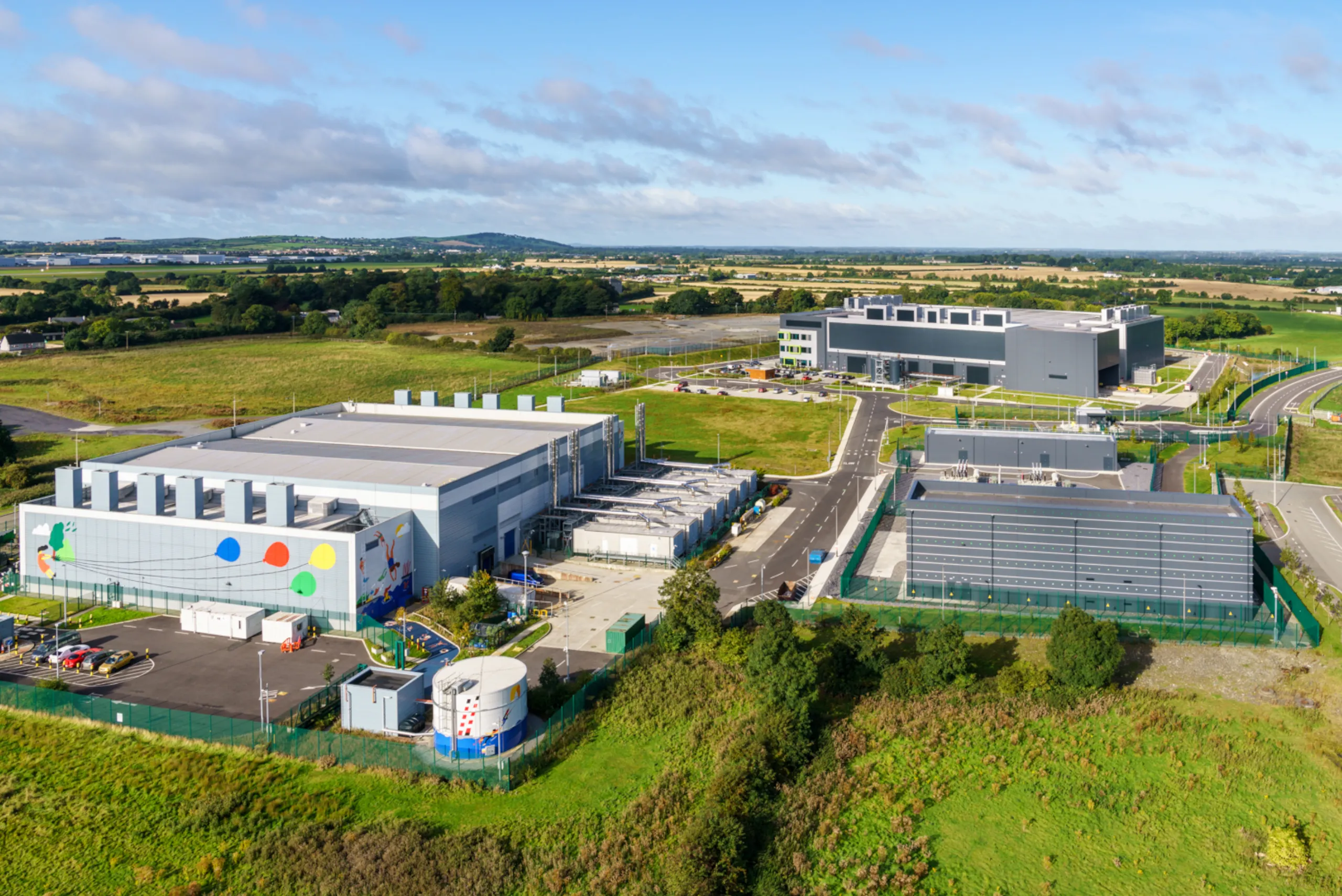DATA centres now use more energy than all the urban homes in the country combined.
Ireland is grappling with an energy problem as businesses like Amazon, Google, Meta and Microsoft grow to meet the increasing demands of cloud computing and artificial intelligence.
The International Energy Agency reported that 21% of Ireland's electricity consumption in 2023 came from data centres.
The proportion was so great that Ireland's grid operator decided to stop new data centre connections in the Dublin area until 2028 due to concerns about blackouts.
The majority of the data centres are now grouped together in the outer Dublin area to provide quick access to underwater cables and financial networks.
Opposition to new centres has been fuelled in part by local activists, such as Darragh Adelaide.
Adelaide, who was just elected to the South Dublin County Council, spearheaded an effective campaign opposing a proposal for a Google data centre, claiming it would use a lot of energy and provide few local benefits.
He said in a statement to AP, "It was only going to employ about 50 people."
"The local community and Ireland as a whole would have suffered greatly as a result."
In the meantime, people in the area must contend with some of Europe's highest electricity costs.
Concerns about the environment are also growing; Ireland's EPA has issued a warning regarding nitrogen oxide pollution from diesel generators, which are frequently used as backup power in data centres.
In 2021, the government reacted by advising developers to locate outside of Dublin and produce their own renewable energy.
Even centres with renewable contracts, such as the ones constructed by the US company Digital Realty, are still offline and unable to connect to the grid, which is already overloaded.
As their next frontier, developers are now focusing on areas like County Offaly, which was once known for its industrial peat extraction.
Once a key player in Ireland's peat industry, the state-owned Bord na Móna is shifting its focus to renewable energy and working with Amazon on a new data centre near the village of Rhode.
KK Kenny, who is against a proposed wind farm close to the historic Lemanaghan monastic site, voiced his opposition online and said, "We can't sustain them."
Builder Gerard Whelan is among those who embrace the possible economic knock-on effect: "Because I build houses, I'll get a job. It has a cascading effect.”
IT firms contend that Ireland's transition to renewable energy is actually helped by data centres.
With the help of a Microsoft contract, the Norwegian company Statkraft is constructing nine wind turbines on former bogland.
"In Ireland, demand is increasing," Kevin O'Donovan, director of Statkraft Ireland, said in a recent statement on their website, "that's accelerating the renewables rollout."
According to departing Green Party minister Ossian Smyth, Ireland's experience teaches that other nations shouldn't view data centres as inevitable trade-offs for investment.
He advised against viewing them as a necessary evil. "Verify that the benefits extend beyond taxes."
Ireland's data centres come at a cost to the community, with the highest net electricity prices in the EU, but in the current tech boom, demand is only increasing.
 Google's data centre on the outskirts of Dublin (Image © Google / Google Data Centers media kit)
Google's data centre on the outskirts of Dublin (Image © Google / Google Data Centers media kit)
